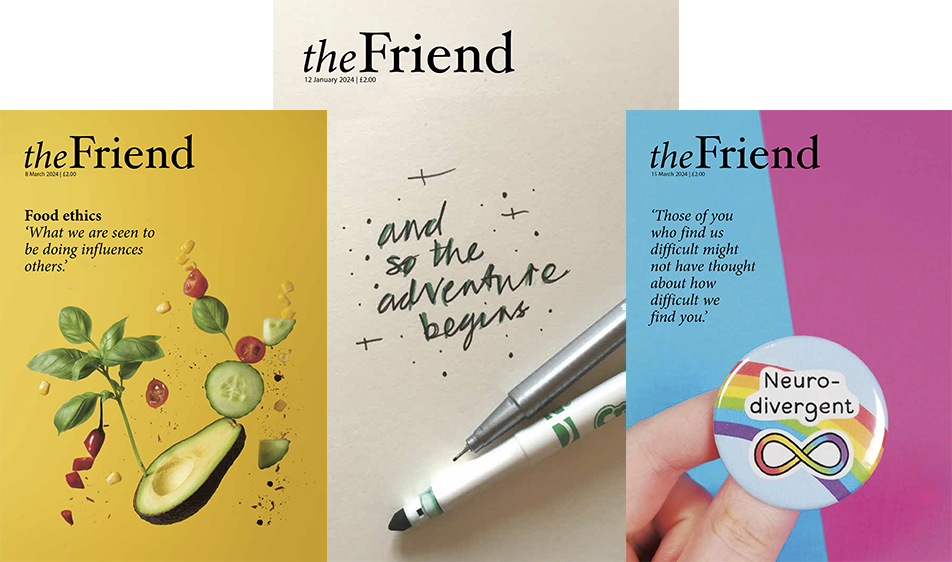Bhopal memorial. Photo: Luca Frediani, uploaded by Simone.lippi via Wikimedia Commons.
Bhopal: A restorative response
Martin Wright suggests that a merger of two giant chemical companies could herald a fresh start
A common reaction to mention of the Bhopal poison gas disaster in India is: ‘I think I’ve heard of it, but wasn’t it a long time ago?’ Indeed it was, in 1984 to be precise; but many in Britain are unaware that people are still suffering its after-effects. Worse, there has been a second poisoning: deadly chemicals left on the abandoned site are leaching into the water supply.
